WHO director defends Chinese over coronavirus criticism
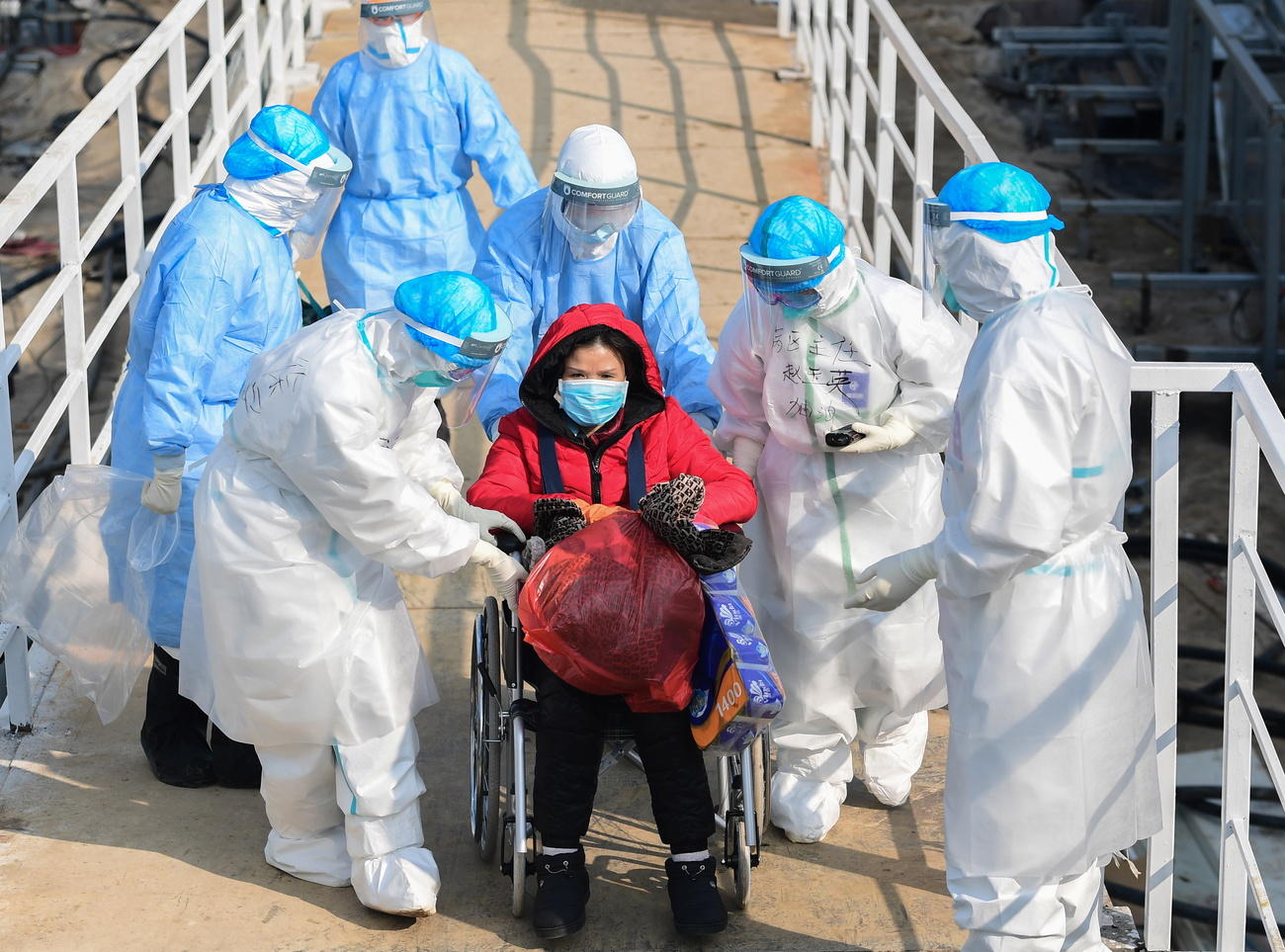
The new coronavirus, which began in China and has spread to 31 other countries, is an epidemic with “many battlefields”, but it can be stopped via the drastic measures being imposed by Beijing and other affected governments, says a World Health Organization (WHO) director.
So far, the fast-spreading virus, identified by scientists as 2019-nCoV, has infected more than 28,000 peopleExternal link, about 99% of them in China, with the city of Wuhan the epicentre. Another 260 cases have been reported in 31 other countries and regions. At least 563 people have died in China, one person has died in Hong Kong and one person has died in the Philippines.
Sylvie Briand, the UN health agency’s director of global infectious hazard preparedness, recently returned to Geneva from an official visit to Beijing with WHO Director-General Tedros Adhanom Ghebreyesus, where they met President Xi Jinping and other health officials.
Briand describes the current outbreak as an epidemic with “multiple foci” rather than a pandemic. But she believes the virus can be stopped.
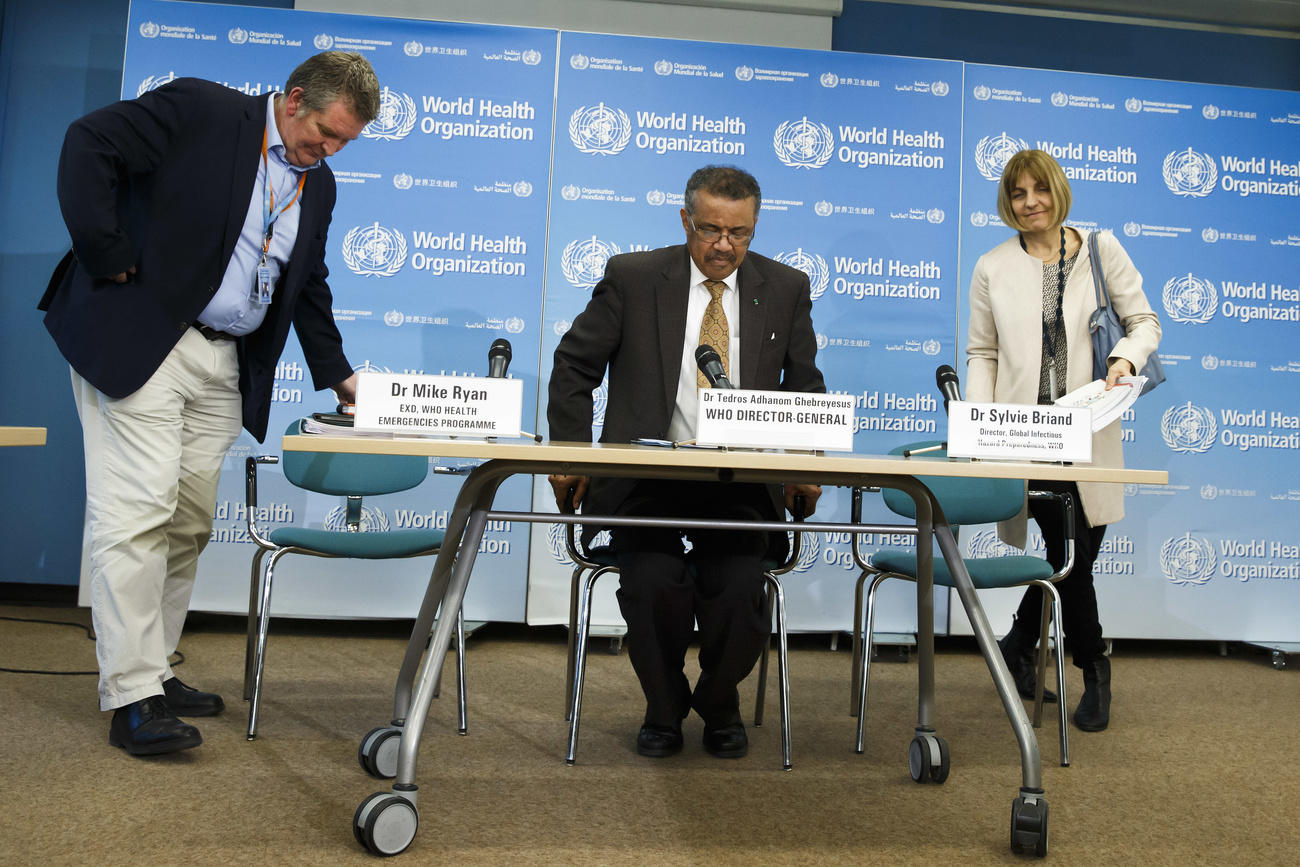
“Of course, it’s challenging as there are lots of people and movements, and the virus is spreading fast. It’s not easy, but we believe it can be done,” she said.
The Chinese government has introduced dramatic “mitigation measures”, virtually locking down the central province of Hubei, home to 60 million people and its capital city of Wuhan at the centre of the outbreak. In other affected locations in China, officials are scrambling to stop transmission and prevent “a second Hubei”.
‘Battlefields’
Meanwhile, outside China countries are implementing “early caseload detection”, “early isolation and treatment” and “contact tracing” strategies, explained Briand.
“Last week the Chinese were pretty confident that they could ‘win the battle’ – those are the words they use – but the situation is evolving very quickly,” she said. “There are now many battlefields and each battlefield is very different. The global picture is diverse. Fortunately, most of the affected countries have very strong health systems so we count on them to manage the situation in their own localities. But it is complex.”
On Tuesday, Tedros told a technical briefing to the WHO’s Executive Board in Geneva that there is a “window of opportunity” to stop the deadly new coronavirus becoming a broader global crisis.
“Even in places where we have a number of growing cases outside China, as long as we can trace the virus and contacts and every infected person doesn’t transmit it, we can stop the transmission,” said Briand. “It’s out of China, but not completely out of the box.”
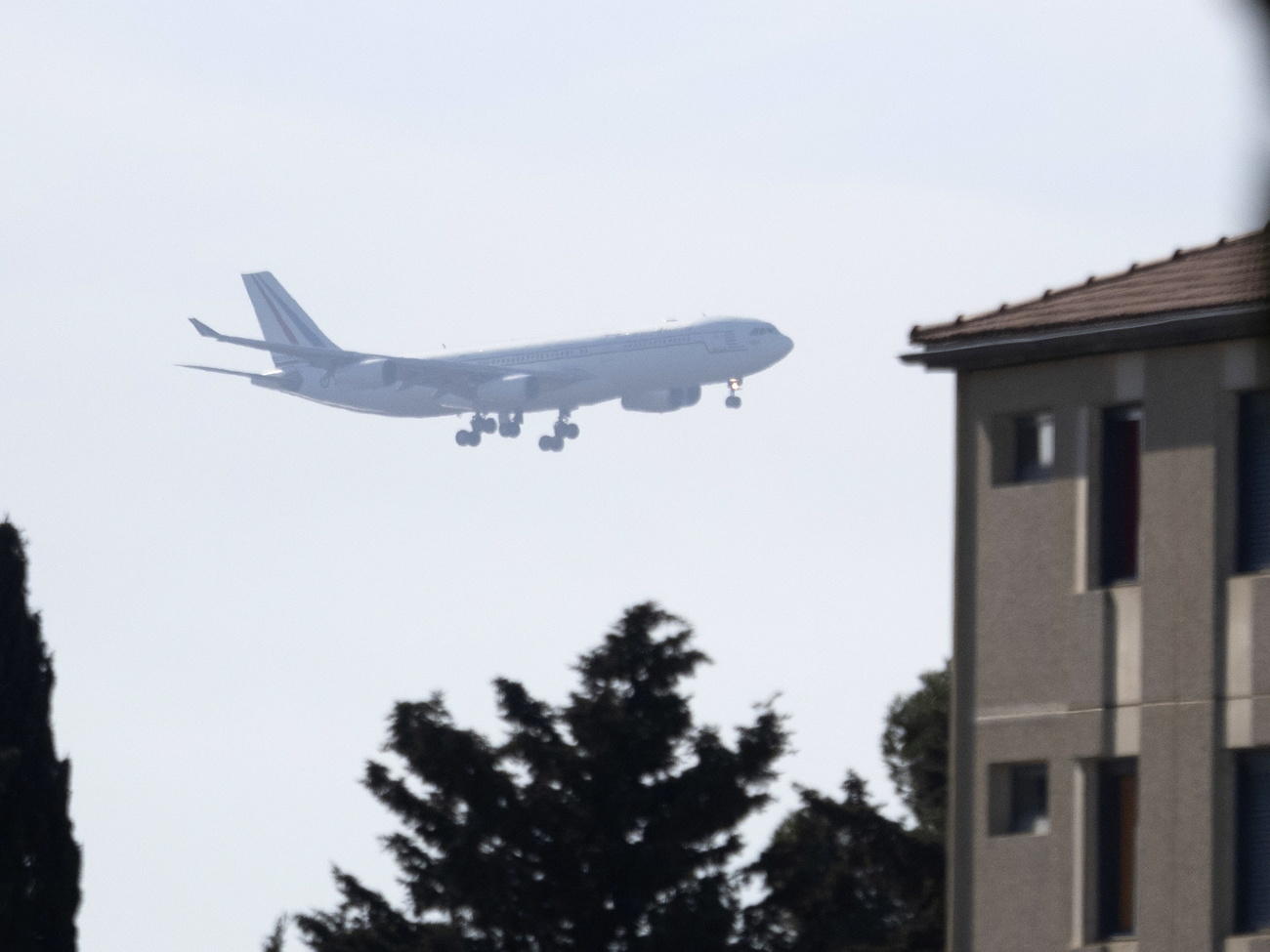
More
Swiss citizens repatriated from Wuhan arrive in France
Many unknowns
The WHO has declared the flu-like virus a global emergency, but experts say much is still unknown, including its mortality rate and transmission routes.
“We’re still learning about it,” said Briand. “Its transmissibility is probably between Severe Acute Respiratory Syndrome (SARS) and flu. Regarding the severity, it’s not very clear as outside China we only have two deaths, which is very low, and inside China where they have most cases, it’s a bit higher but the case fatality ratio is decreasing. It’s less severe than we thought at the beginning.”
The coronavirus has remained “quite a stable virus”, she said.
The WHO director said most people who had died or suffered severe infections were people with underlying conditions such as cancer, diabetes or suppressed immune systems, or the elderly.
She believes the low numbers of deaths outside China are probably linked to the fact that travellers were not old with chronic diseases, but younger people and those in good health.
Kept in the dark?
Beijing’s authoritarian leadership meanwhile continues to face questions over its management of the crisis and having kept its citizens in the dark for weeks before infections started to explode.
“Everyone is doing their best,” Briand insisted. “I think they [Chinese authorities] have been very transparent with WHO and shared almost immediately the sequence of the virus as soon as they had it.”
She believes the Chinese leadership has learnt the lessons from the 2002 SARS outbreak, where they were criticised for withholding information about the virus for too long.
“Thanks to the system of disease monitoring that they put in place, they were able to detect cases in Wuhan. The first notification we got was very early. As soon as they detected five unusual cases, they reported them immediately to WHO. They were able to capture this virus very early on in the outbreak,” she said.
“It was especially challenging as it was in the middle of the flu season, so you had a number of pneumonia cases in hospitals and most were not caused by coronaviruses but by other viruses.”
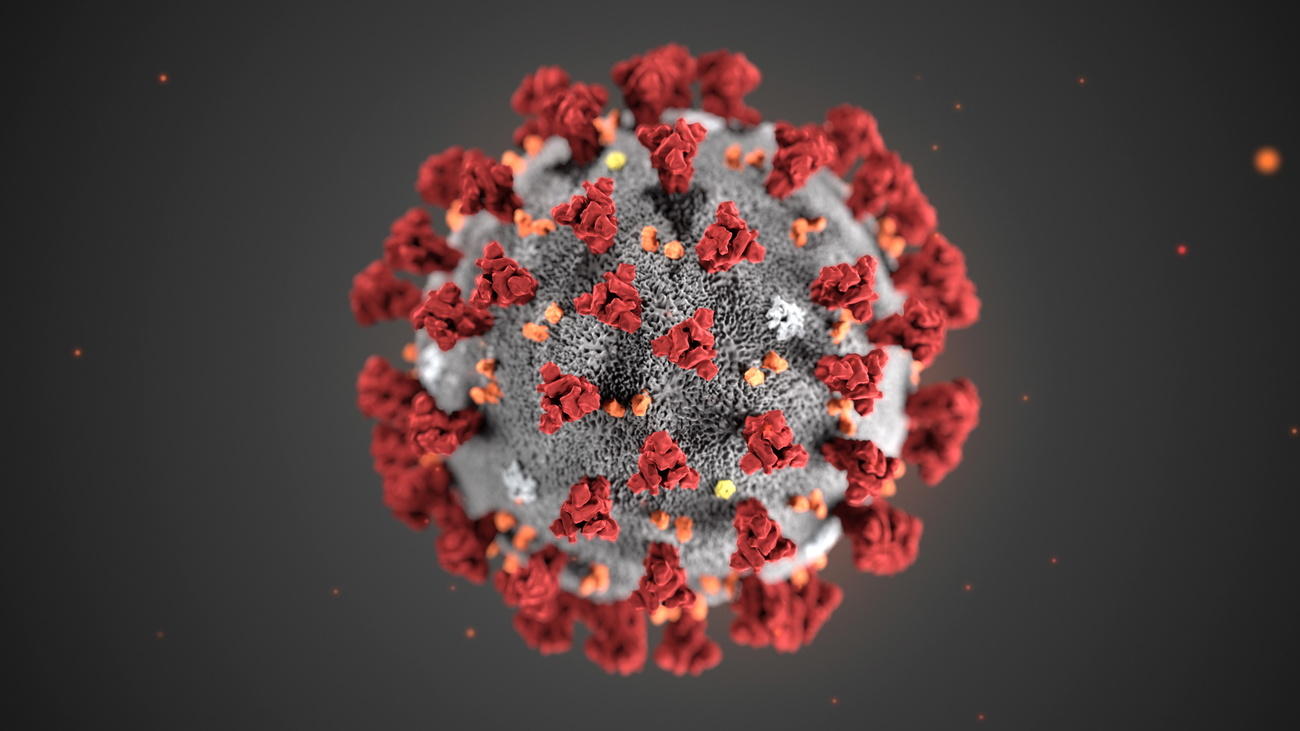
More
Coronavirus: how much panic should the world be in?

In compliance with the JTI standards
More: SWI swissinfo.ch certified by the Journalism Trust Initiative




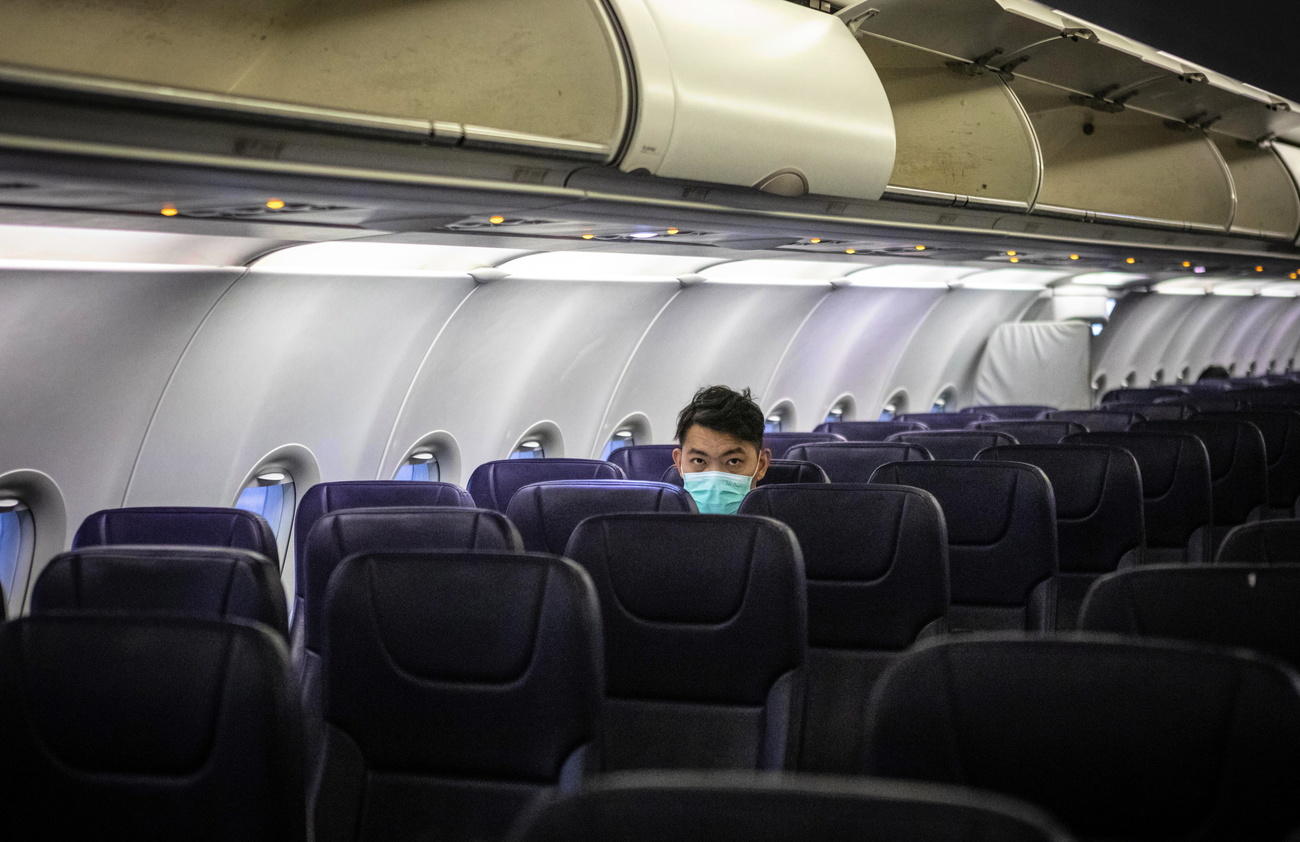
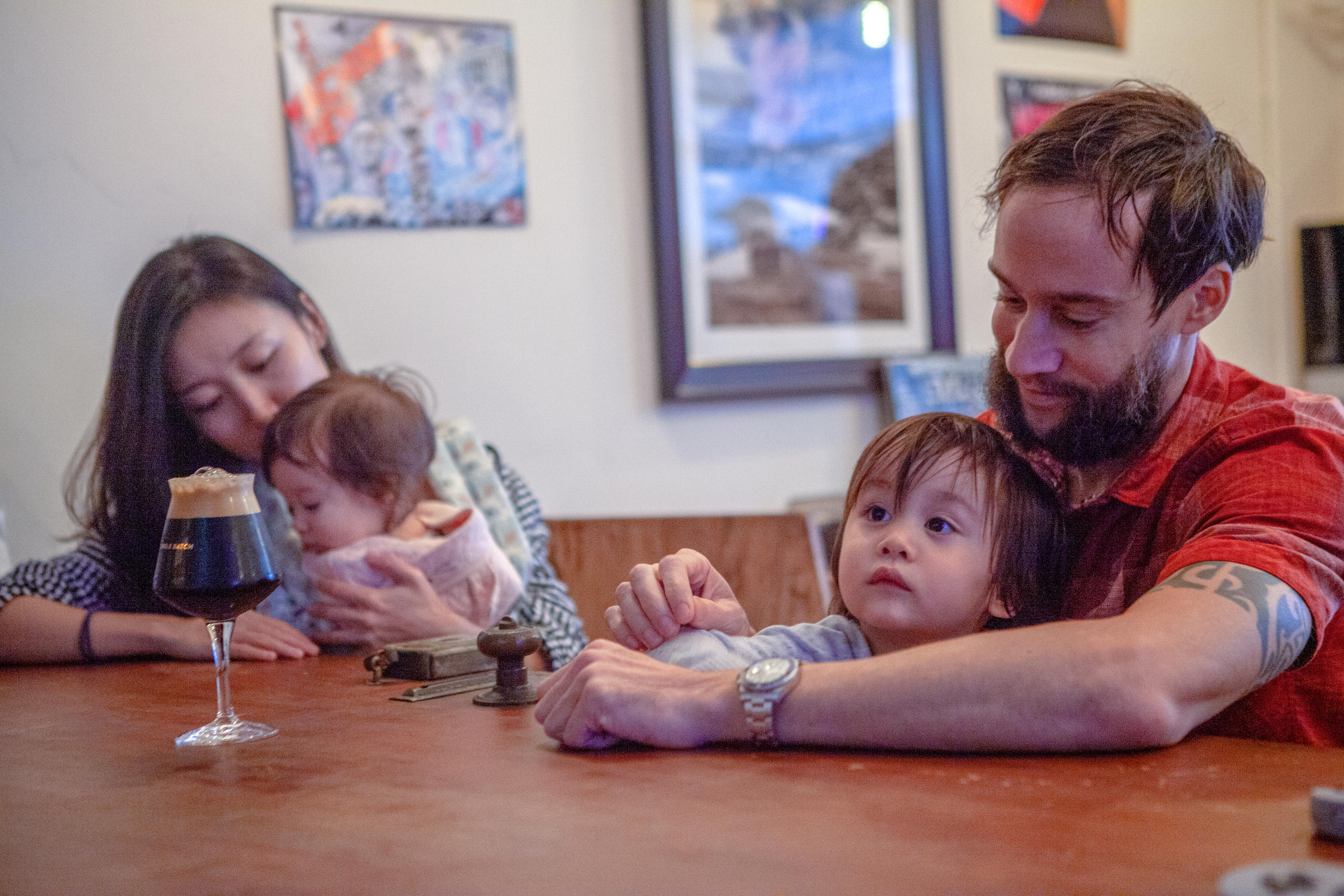
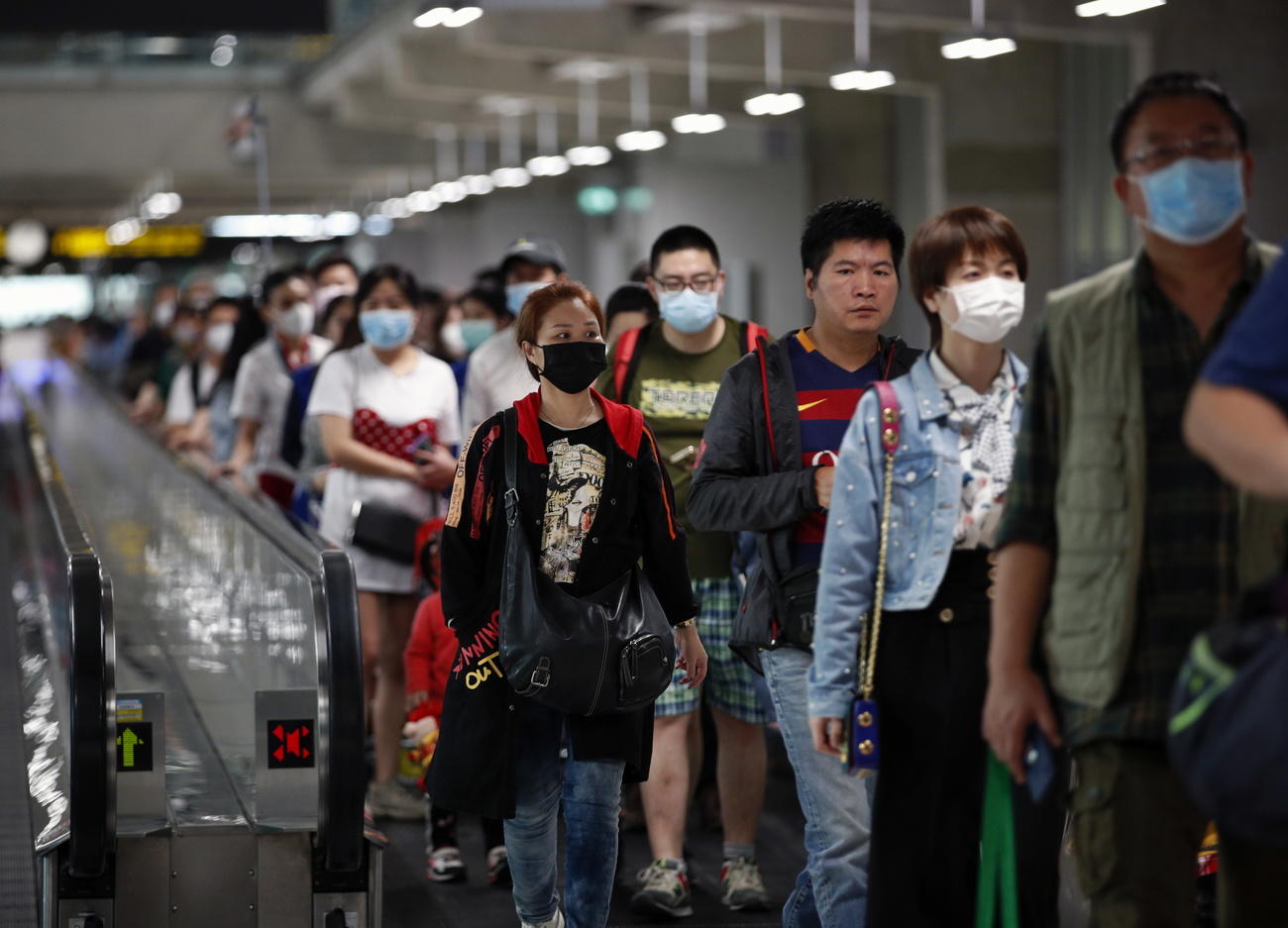
You can find an overview of ongoing debates with our journalists here. Please join us!
If you want to start a conversation about a topic raised in this article or want to report factual errors, email us at english@swissinfo.ch.